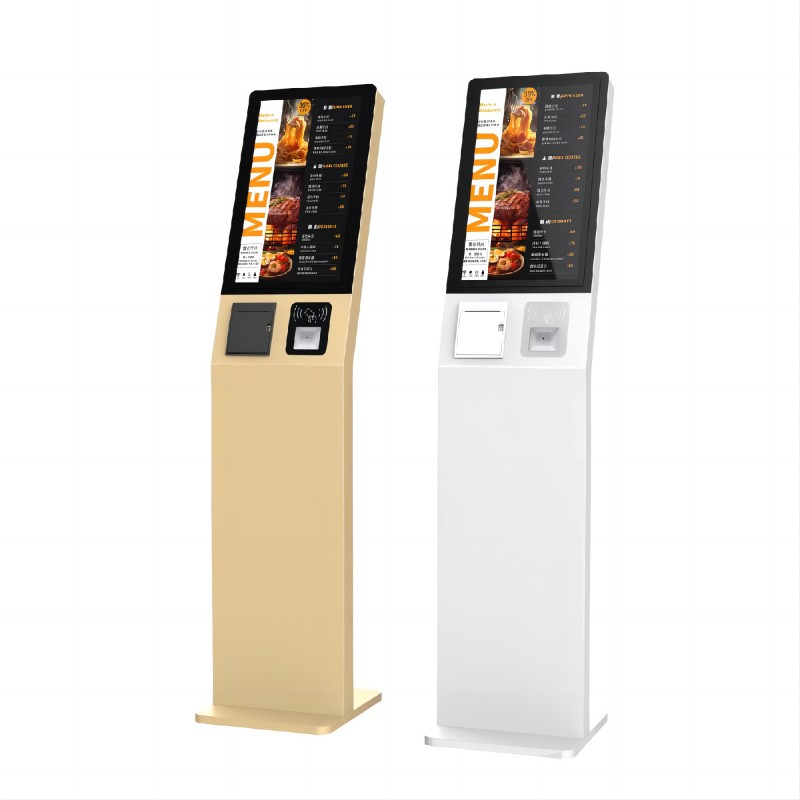Designing a retail checkout kiosk involves creating a self-service terminal where customers can complete their purchases independently. These kiosks are becoming increasingly common in retail environments such as supermarkets, convenience stores, and department stores, offering an efficient alternative to traditional cashier-operated checkout lanes. These kiosks typically feature a touchscreen interface, Barcode scanner, payment terminal, and bagging area. They aim to streamline the checkout process, reduce wait times, and improve customer convenience.

Challenge: Designing an intuitive interface that allows customers to scan items, process payments, and complete transactions efficiently.
Solution: Develop a user-friendly interface with clear instructions and responsive touchscreens. Simplify the scanning process with reliable barcode scanners and intuitive placement of scanning areas. Provide options for multiple languages and accessibility features such as large fonts or audio instructions for visually impaired users.
Challenge: Optimizing the layout and space utilization for seamless customer flow and operational efficiency.
Solution: Design a compact footprint that fits within the store layout without obstructing traffic. Arrange components (scanner, payment terminal, bagging area) ergonomically to minimize user movement and maximize efficiency. Ensure adequate space for customers to place and bag items comfortably.
Challenge: Ensuring the security of merchandise and preventing unauthorized transactions or theft.
Solution: Implement security features such as weight sensors to detect unpaid items in the bagging area. Use video surveillance and alarms to deter theft. Incorporate secure payment processing systems with encryption and tokenization to protect customer payment information.
Challenge: Integrating the checkout kiosk with the store’s inventory, pricing, and loyalty programs.
Solution: Connect the kiosk to the store’s POS (Point of Sale) and inventory management systems for real-time updates on product availability and pricing. Enable customers to access loyalty program benefits and discounts through the kiosk. Ensure seamless integration with backend systems for reporting and analytics.
Challenge: Enhancing the overall customer experience and satisfaction with self-service checkout.
Solution: Offer clear signage and instructions to guide customers through the checkout process. Provide support options such as on-screen help, customer service call buttons, or staff assistance nearby. Ensure a pleasant atmosphere around the kiosk with adequate lighting and ventilation.
Designing a retail checkout kiosk involves addressing a variety of considerations including user interface design, space efficiency, security, integration with store systems, maintenance, customer experience, and regulatory compliance. By carefully planning and implementing solutions tailored to these challenges, retailers can deploy checkout kiosks that enhance operational efficiency, improve customer satisfaction, and contribute to a positive shopping experience.